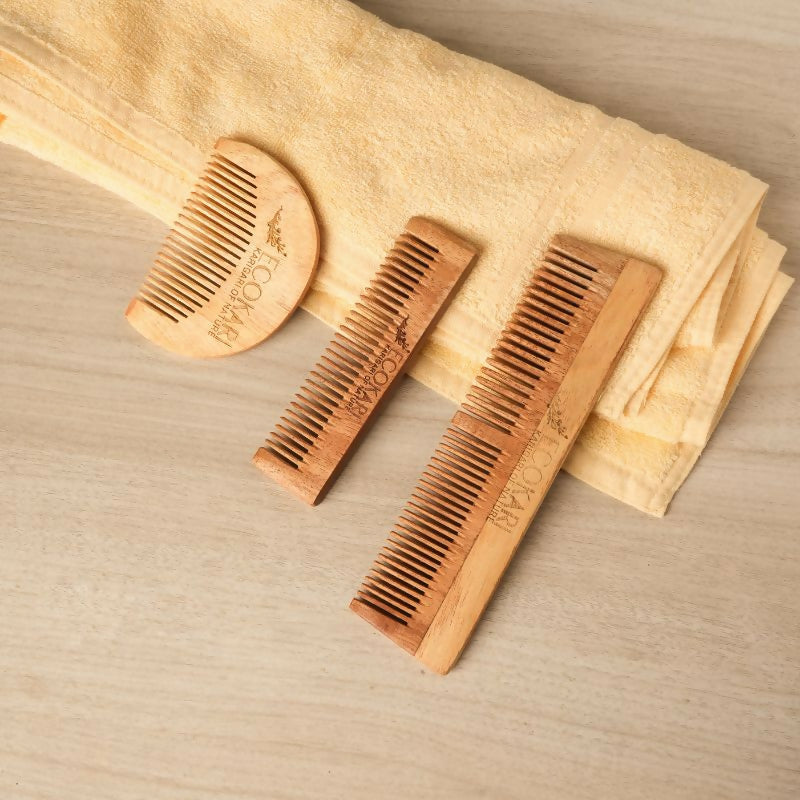The Environmental Impact of Upcycling

A report from the BBC indicates that each year, the world produces approximately 92 million tonnes of textile waste. This amount is similar to a garbage truck full of clothes being sent to landfill sites every second. It is projected that by 2030, the annual disposal of textiles will exceed 134 million tonnes. According to a study by The World Bank, global waste is expected to rise to 3.40 billion tonnes by 2050. This increase is attributed to the more frequent disposal of items, many of which could have been segregated and recycled.
Upcycling is a powerful gateway to environmental stability, offering significant benefits with each mindful step. It’s a journey that intertwines conservation with creativity, turning the ordinary into something extraordinary. The impact of upcycling:
- Resource Conservation: Using existing materials saves significant amounts of water and substantially cuts down on CO2 emissions, mitigating climate change impacts.
- Waste Reduction: Upcycling reduces landfill waste turning discarded materials into valuable items.
- Product Longevity: Repairing and repurposing clothes extends their lifecycle, reducing the demand for new production.
- Economic Viability: Supporting local upcycling initiatives bolsters small businesses and builds a community-centered approach to sustainable living.

THE VALUE OF UPCYCLING
The creation of an upcycled product, particularly with respect to its environmental impact, necessitates acknowledging an important, yet often misunderstood aspect: reclaimed and deadstock materials are not cost-free. These materials constitute a significant investment for brands dedicated to sustainable practices. Acquiring these materials is a substantial monetary investment in sourcing but also an enormous effort to sift through and select high-quality, usable materials.
It is an intricate process that goes into upcycling necessitating skilled work and extensive time, resulting in the transformation of these materials into new, valuable products. The whole idea of upcycling is more than just reusing materials; it's a thoughtful approach to reducing waste and minimising environmental impact, ensuring that every step in the process aligns with the principles of sustainability and responsible manufacturing.
Exploring and purchasing upcycled products directly or indirectly benefits the environment by conserving natural resources and contributing to a wide range of eco-friendly initiatives. Refash, with its zero-waste philosophy, serves as a key hub for all things upcycled, featuring an intriguing collection of jewellery, apparel, artistic pieces, and home decor. Here's a list of unique items made from deadstock fabrics, pre-loved items, and reclaimed materials, each demonstrating the creative and sustainable transformation of upcycling.
DEADSTOCK FABRICS
When compared to virgin materials, deadstock fabrics, unused, and reclaimed fabrics have a more significant sustainable impact. Using just one yard of deadstock fabric can potentially save around 700 gallons of water, creating a greener footprint. These upcycled apparel pieces listed below by sustainable brands H.O.P.E.S and Sanah Sharma are crafted using leftover, deadstock fabric sourced sustainably and made with eco-friendly practices.
PRE-LOVED CLOTHES
Prolonging the active usage of clothing by merely nine months can reduce its carbon, water, and waste footprints by 20-30%. Research conducted by INTEXTER indicates significant CO2 savings through clothing reuse. The findings show that reusing 1kg of clothing can save 25 kg of CO2 emissions. Featured below are exquisite upcycled items: a beautiful dress from Studio Isthri, crafted from a pre-loved kora saree, a Levi's jacket by Retro Upcycle, also pre-loved, and a crop jacket by Anyà, made from a donated saree. Each piece showcases high-quality craftsmanship and the creative reuse of existing materials.
RECLAIMED MATERIALS
A significant amount of dry waste in many countries is composed of recyclable materials such as wood, plastic, and paper. Unfortunately, these materials often end up in landfills instead of being repurposed. This scenario highlights a widespread issue that there is a substantial volume of reusable waste. This lack of recycling represents a lost opportunity to both minimise waste and conserve valuable resources.
A truly creative way of giving products a second life using reclaimed materials is showcased in the items featured below. These include a mini dress by Something Sustainable, made from reclaimed cotton material sourced from an Indian factory, a handcrafted ring by SATAT, uniquely fashioned from reclaimed teak wood and gold-plated brass, and a candle holder by Re-Story, crafted from reclaimed rubber wood.















Leave a comment